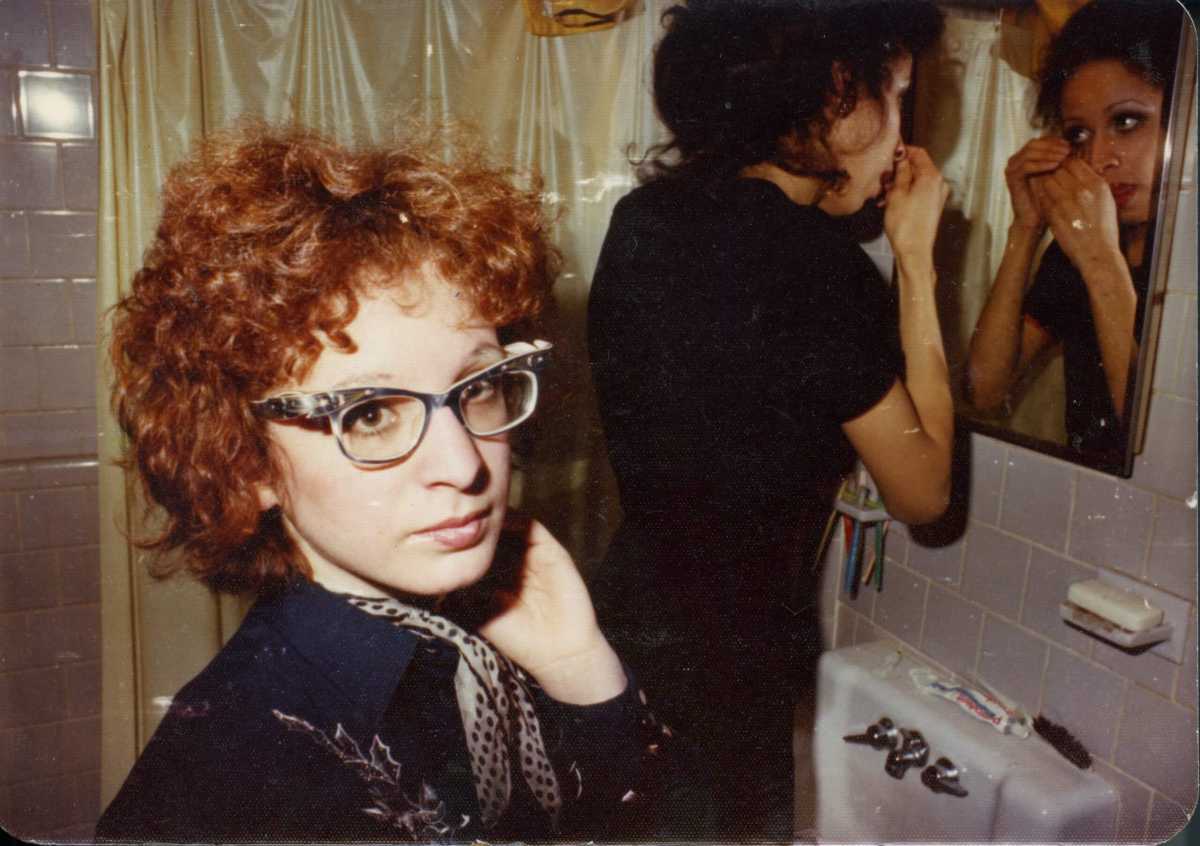“All the Beauty and the Bloodshed,” a documentary about bi artist and activist Nan Goldin, contains this year’s most violent scene. It doesn’t show any killers wielding guns, just the way that systemic power and wealth can allow you to profit from the deaths of half a million people and walk away by paying out a percentage of your cash. During the pandemic, Goldin and relatives of victims of opioid overdoses got to sit on during the Sackler family’s bankruptcy hearing. Two members of that family sit in the grainy Zoom image, smugly uncomfortable but so numb they could be blitzed on their company Purdue Pharma’s products Oxycontin and Valium themselves. The distance within the scene is physical but also social. The Sacklers exist in a different space from the people they’ve harmed. As a woman describes discovering the corpse of her child following an overdose on Oxycontin, they stare out with the emotionless eyes of fellow billionaires like Elon Musk and Mark Zuckerberg. The writers of “Succession” couldn’t come up with a better metaphor for the moral failures of the rich.
As a person, Goldin exudes the exact opposite of that blank privilege. In the early stages of her slide show “The Ballad of Sexual Dependency,” a series of photos of herself and her friends presented at New York nightclubs in the ‘80s, she had an epiphany when one of her subjects objected to Goldin’s inclusion of her having sex. She decided to put her own body on the line in her work. Later, she documented the gruesome aftermath of her then-boyfriend Brian’s attempt to blind her with his fists. While director Laura Poitras (who is bi herself) sticks to a fairly conventional structure, “All the Beauty and the Bloodshed” accumulates power by moving from the past to the present within each of its chapters. Poitras’ editing was influenced by “The Ballad of Sexual Dependency,” many of whose images she uses, and depicts Goldin’s bitterly unhappy suburban childhood and artistic coming-of-age in the ‘70s and ‘80s with still photos.
Goldin’s current activism with the group P.A.I.N. (Prescription Addiction Intervention Now), following several years of Oxycontin addiction and a near-fatal overdose after a wrist injury in 2014, is shown in vivid detail. She allowed Poitras, whose combination of political nonfiction and biographical portraiture made her a perfect choice for this film, to be a fly on the wall during their meetings and die-ins at museums, with wings named for the Sacklers. The film finally loops back to its beginning, when Goldin’s sister was forced into a psychiatric hospital as a teenager — for her bisexuality, in large part — and eventually killed herself.
“All the Beauty and the Bloodshed” does not entirely shake off the tropes of the documentary biopic — it’s far more concerned with Goldin as a person than an artist, although the two are inseparable. But it lets the subject’s frankness set its tone. She has no interest in looking cool, unlike the “heroin chic” fashion photos that ripped off her aesthetic in the ‘90s. As she found freedom in a community of queer men and women in the ‘70s, she documented her life with them in her photos, warts and all. She existed on the sidelines of New York’s downtown punk scene, acting in No Wave filmmaker Vivienne Dick’s 1980 short “Liberty’s Booty,” but as she admits here for the first time, Dick adapted it from the true story of her experience as a sex worker under an abusive madam. Her lack of personal shame and contempt for moralism around drugs have a tremendous power.
P.A.I.N. has experienced limited but genuine success. Near the end of “All the Beauty and the Bloodshed,” she muses on the fact that she’s only been able to hold the art world accountable, rather than governments and corporations. But in a time that’s rapidly heading back to the repression and queerphobia that led to the death of Goldin’s sister, her rage is tonic. All too often in recent culture, political anger comes packaged in a way more concerned with saying the right things politely than giving a voice to our state of emergency. “All the Beauty and the Bloodshed” is an urgent exception.
“All the Beauty and the Bloodshed” | Directed by Laura Poitras | NEON | Opens Nov. 23rd at the IFC Center, Film at Lincoln Center and BAM Rose Cinemas



































